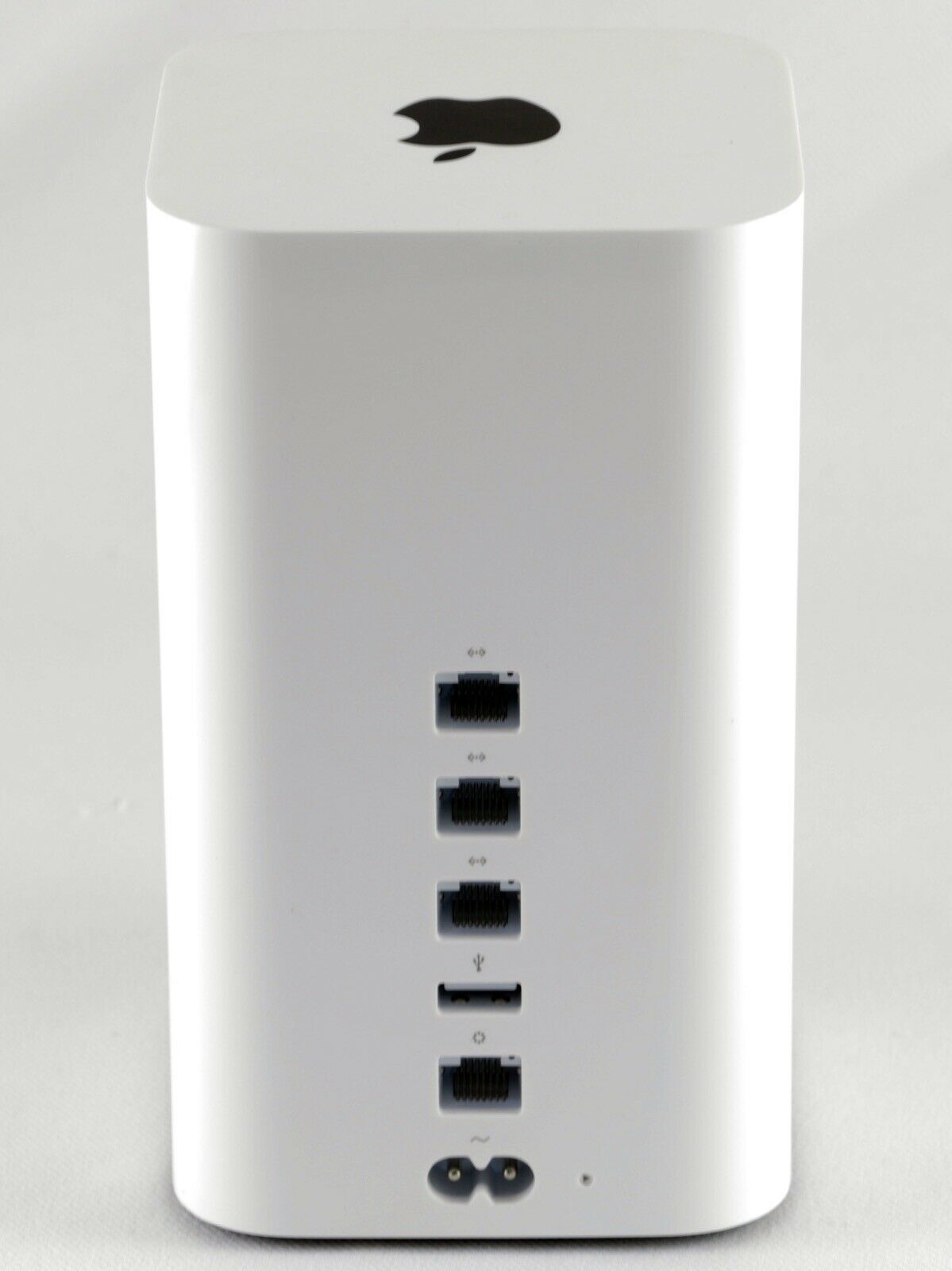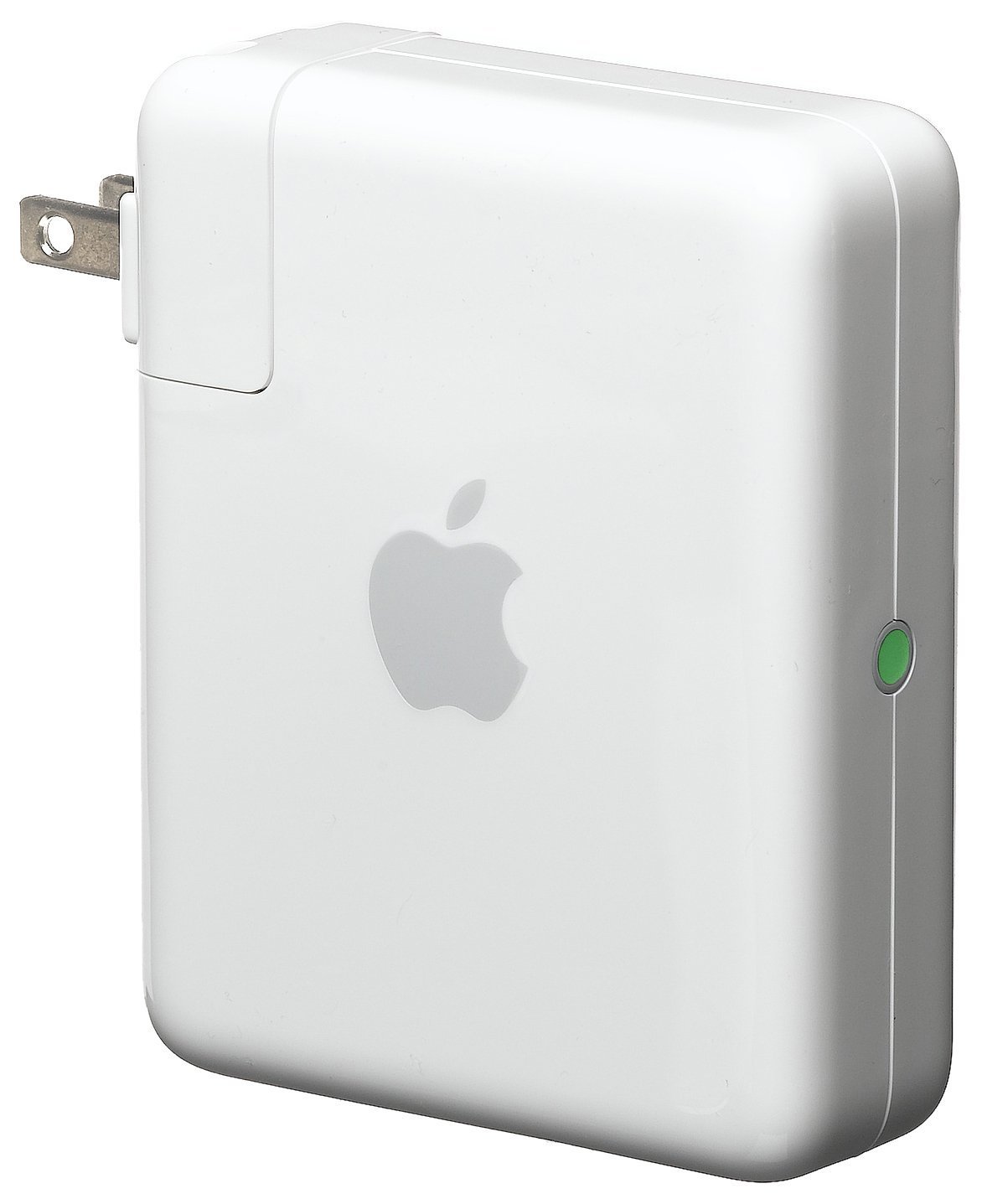
- Apple router for free#
- Apple router how to#
- Apple router for mac#
- Apple router manual#
Apple router how to#
Learn more about how to recycle your Mac. The Apple Product Environmental Specification details the environmental attributes of our products.Īpple takes a holistic view of materials management and waste minimization. Learn more about Apple’s dedication to reducing the environmental impact of our products and process. Meets ENERGY STAR 1.0 requirements for Small network equipment.Learn moreĪirPort Express is designed with the following features to reduce its environmental impact: PC with Windows XP (SP3), Windows Vista (SP2), Windows 7 (SP1), or Windows 8Īpple takes a complete product life-cycle approach to determining our environmental impact.Any Wi‑Fi-enabled device that uses the 802.11a/b/g/n specification.PC with Windows 7 or later and AirPort Utility 5.6.1.Mac with OS X v10.5.7 or later and AirPort Utility 5.6.1.Mac with OS X Lion v10.7.3 or later and AirPort Utility 6.1.iPhone, iPad, or iPod touch with iOS 6 or later and AirPort Utility.Operating altitude: tested up to 10,000 feet (3000 m).Relative humidity (operating): 20% to 90%, noncondensing.Operating temperature: 32° to 95° F (0° to 35° C).3.5-mm audio minijack for analog or optical digital sound 3Įlectrical and Environmental Requirements.USB 2 port for connecting a USB printer.10/100BASE-T Ethernet LAN port for connecting a computer, Ethernet hub, or networked printer.10/100BASE-T Ethernet WAN port for connecting a DSL modem, cable modem, or Ethernet network.Simultaneous dual-band 802.11n wireless.
Apple router for free#
Bonjour for Windows available for free download.AirPort Utility for iOS available for free download.
Apple router for mac#
AirPort Utility for Mac available for free download.Wireless security (WEP) configurable for 40-bit and 128-bit encryption.
Apple router manual#
NAT, DHCP, PPPoE, VPN Passthrough (IPSec, PPTP, and L2TP), DNS Proxy, SNMP, IPv6 (6to4 and manual tunnels). Interoperable with 802.11a, 802.11b, 802.11g, and 802.11n-enabled Mac computers, iOS devices, Apple TV, Windows-based PCs, and other Wi‑Fi devices. 
 Channels 1-13, 36-64, and 149-165 approved for use in Australia, Hong Kong, and New Zealand. Channels 1-13, 36-64, and 100-140 approved for use in Europe and Japan. Channels 1-11, 36-116, and 132-165 approved for use in the United States and Canada. Radio output power: 20.5 dBm maximum (varies by country). Turn on Networking & Wireless (or Wi-Fi Networking). Scroll to the bottom of the list, then tap System Services. Go to Settings > Privacy & Security (or Privacy) > Location Services. Select Networking & Wireless (or Wi-Fi Networking), then click Done. In the Privacy tab, select Location Services, then select Enable Location Services. Click the lock in the corner of the window, then enter your administrator password.
Channels 1-13, 36-64, and 149-165 approved for use in Australia, Hong Kong, and New Zealand. Channels 1-13, 36-64, and 100-140 approved for use in Europe and Japan. Channels 1-11, 36-116, and 132-165 approved for use in the United States and Canada. Radio output power: 20.5 dBm maximum (varies by country). Turn on Networking & Wireless (or Wi-Fi Networking). Scroll to the bottom of the list, then tap System Services. Go to Settings > Privacy & Security (or Privacy) > Location Services. Select Networking & Wireless (or Wi-Fi Networking), then click Done. In the Privacy tab, select Location Services, then select Enable Location Services. Click the lock in the corner of the window, then enter your administrator password.  Choose Apple menu > System Preferences, then click Security & Privacy. On your Mac with macOS Monterey or earlier Turn on “Networking and wireless”, then click Done. Scroll to the bottom of the list of apps and services, then click the Details button next to System Services. Choose Apple menu > System Settings, then click Privacy & Security in the sidebar. Location Services helps to ensure that your device can reliably see and connect to nearby devices, and that it performs well when using Wi-Fi or features that rely on Wi-Fi, such as AirPlay or AirDrop. Make sure that your device has Location Services turned on for Wi-Fi networking, because regulations in each country or region define the Wi-Fi channels and wireless signal strength allowed there.
Choose Apple menu > System Preferences, then click Security & Privacy. On your Mac with macOS Monterey or earlier Turn on “Networking and wireless”, then click Done. Scroll to the bottom of the list of apps and services, then click the Details button next to System Services. Choose Apple menu > System Settings, then click Privacy & Security in the sidebar. Location Services helps to ensure that your device can reliably see and connect to nearby devices, and that it performs well when using Wi-Fi or features that rely on Wi-Fi, such as AirPlay or AirDrop. Make sure that your device has Location Services turned on for Wi-Fi networking, because regulations in each country or region define the Wi-Fi channels and wireless signal strength allowed there.







 0 kommentar(er)
0 kommentar(er)
